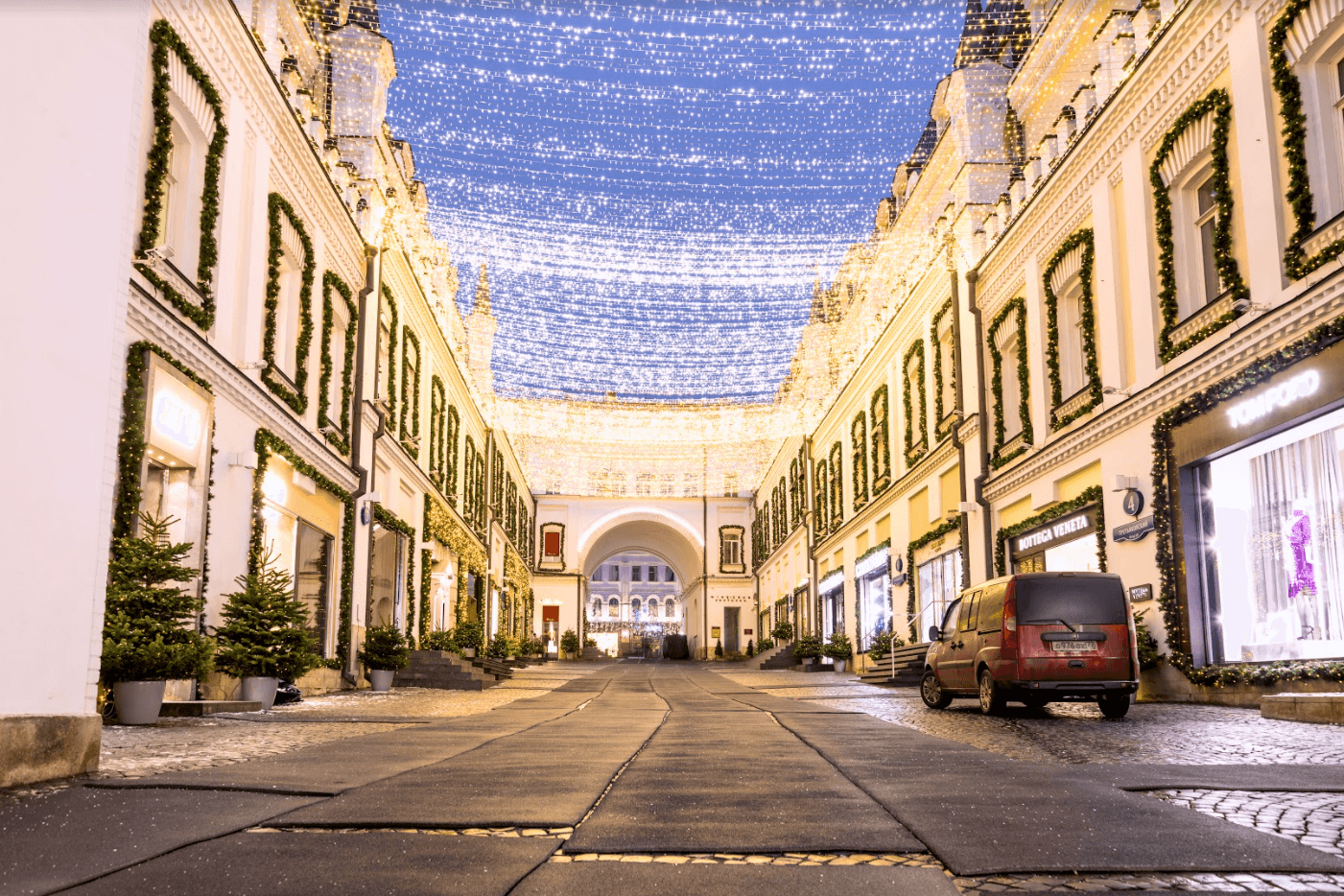Ансамбль колокольни «Иван Великий», расположенный на границе между Соборной и Ивановской площадями, является композиционным центром Кремля. Он создавался на протяжении трех с лишним веков – с 1505 по 1815 год – и состоит из трех разновременных объектов: столпа колокольни Ивана Великого, Успенской звонницы и Филаретовой пристройки.
Колокольня была возведена в 1505–1508 годах итальянским архитектором Боном Фрязиным. Через столетие она получила еще один ярус звона, и ее высота достигла 81 метра. Об этом напоминает надпись под куполом, содержащая дату – 1600 год, а также имена царя Бориса Годунова и его сына Федора. В 1532–1552 годах рядом с колокольней по проекту итальянского архитектора Петрока Малого построили церковь, которую в конце XVII века преобразовали в звонницу, названную Успенской. В 1624 году Бажен Огурцов поставил вплотную к ней звонницу с шатровым верхом – Филаретову пристройку.
В 1812 году отступавшие из Москвы войска Наполеона взорвали ансамбль колокольни, однако столп Ивана Великого устоял. Звонница и Филаретова пристройка были разрушены до основания, но в 1814–1815 годах их восстановили в прежних объемах. Сегодня на колокольне и звоннице находятся 24 колокола XVI–XVII веков.
На первом этаже Успенской звонницы размещается выставочный зал Музеев Московского Кремля, где экспонируются произведения искусства как из кремлевского собрания, так и из других российских и зарубежных музеев, а в уникальном памятнике древнерусской архитектуры – колокольне Ивана Великого открылся музей, посвященный истории архитектурного ансамбля Московского Кремля. В экспозиции колокольни представлены подлинные фрагменты белокаменного декора древних зданий Кремля, известных лишь по летописным упоминаниям. Осмотр музея сопровождают индивидуальные аудиогиды. По окончании аудиоэкскурсии посетители выходят на обходную галерею, откуда открывается прекрасный вид на Кремль и окрестности с высоты птичьего полета.











